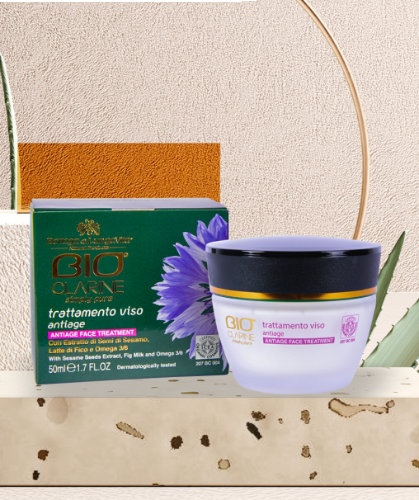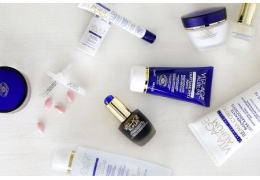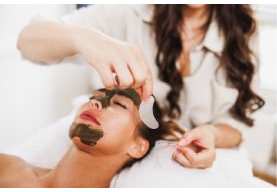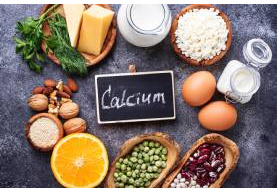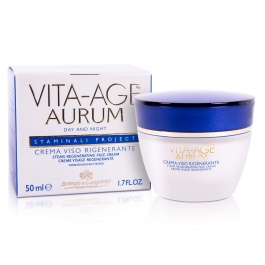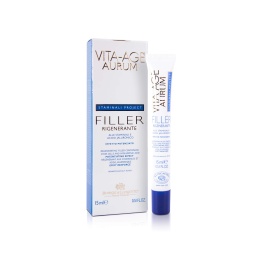HYALURONIC ACID: WHAT IT'S FOR AND WHY IT'S SO POPULAR IN SKINCARE

Table of Contents
- What is hyaluronic acid?
- What does hyaluronic acid do for your face: key benefits
- The secret to its effectiveness: molecular weight
- Daily routine: how to use hyaluronic acid on your face
- Hyaluronic acid vs. other active ingredients
- The best hyaluronic acid products: how to choose
- Conclusion
- FAQ about hyaluronic acid
Over the past few years, hyaluronic acid has earned a top spot in the world of cosmetics and skincare, becoming a true must-have in every beauty routine. You've probably heard about it often, especially when it comes to high-hydration creams and serums.
But what makes it so special? What exactly does it do for our skin—and how can we make the most of its potential?
In this article, we'll uncover everything you need to know: what hyaluronic acid is for, how it works on the face, the best way to apply it, and how to choose the right product for visible, long-lasting results.
What Is Hyaluronic Acid?
Despite the word “acid,” hyaluronic acid (HA) isn't harsh at all. It's actually a polysaccharide - a complex sugar - naturally produced by the body. It plays a key role in maintaining the skin's hydration, elasticity, and firmness. You'll find it in the skin, connective tissues, and joints—proof of just how essential it is for skin health.
Natural Decline Over Time
Unfortunately, like many valuable substances, our body's natural production of hyaluronic acid decreases with age. From your 20s onward, levels start to drop—by the age of 50, they may be reduced by up to 50%. This decline leads to a loss of plumpness, increased dryness, and the appearance of wrinkles.
Hyaluronic Acid in Cosmetics
In skincare, hyaluronic acid is produced in laboratories through bacterial fermentation or biotechnological processes, resulting in a pure, safe ingredient suitable for all skin types—even the most sensitive.
What Does Hyaluronic Acid Do for the Face: The Main Benefits
The “superpower” of hyaluronic acid lies in its unique molecular structure—it can hold up to 1,000 times its weight in water. Here are its main skin benefits:
- Deep and long-lasting hydration: retains moisture within the skin, preventing dehydration and dryness—ideal for a plump, dewy complexion.
- Plumping and volumizing effect: works like a sponge, filling out the skin from within for a firmer, smoother appearance.
- Reduction of wrinkles and fine lines: by plumping the skin, it smooths its surface and reduces the depth of expression lines.
- Improved elasticity and tone: consistent hydration helps maintain skin elasticity and even tone.
- Strengthened skin barrier: by supporting continuous moisture, HA helps the skin defend itself from external aggressors and pollution.
- Suitable for all skin types: gentle, non-irritating, and safe—even for sensitive or reactive skin.
The Secret to Its Effectiveness: Molecular Weight
The benefits of hyaluronic acid depend on its molecular weight:
- High molecular weight: stays on the skin's surface, providing immediate hydration and forming a protective barrier.
- Low molecular weight: penetrates deeper, promoting internal hydration and supporting anti-aging effects.
The best products - like those from Bottega di LungaVita - combine multiple molecular weights to deliver multi-level hydration and complete skin benefits.
Daily Routine: How to Use Hyaluronic Acid on the Face
To get the best results from hyaluronic acid, application is key:
1. Use it in serum form
Hyaluronic acid is most effective in lightweight, concentrated serums. Apply it as the first step after cleansing, before your moisturizer.
2. Apply on damp skin
As a humectant, HA attracts water—so it works best on slightly damp skin. Pat your face dry after cleansing but leave it a bit moist, or mist with thermal water before applying. This gives the serum more water to “lock in.”
3. Massage for absorption
Apply 3–4 drops on your face, neck, and décolleté. Use slow, circular motions—always upward and outward—to encourage absorption and stimulate microcirculation for a firming effect.
4. Layer with other products
Don't be afraid to mix it up! Hyaluronic acid pairs beautifully with most other actives—like vitamins and antioxidants—enhancing your skincare routine's overall performance.
Hyaluronic Acid vs. Other Actives
Collagen
What's the difference between hyaluronic acid and collagen? HA hydrates and plumps the skin, while collagen is a structural protein that supports firmness. There's no “better” option—both work together. HA keeps collagen hydrated, boosting its effectiveness.
Retinol
Which is better for wrinkles—retinol or hyaluronic acid? Retinol stimulates cell renewal and reduces deep wrinkles, while HA hydrates and smooths. Used together, they're a perfect match: HA soothes potential dryness or irritation caused by retinol, making your routine gentler yet more powerful.
The Best Hyaluronic Acid Products: How to Choose
When selecting a product, look for:
- Multiple molecular weights – Choose serums or creams that combine low-, medium-, and high-weight HA for full-spectrum action.
- Effective concentration – The ideal range is typically between 0.5% and 2%.
- Complementary ingredients – Antioxidants (like Vitamin C), peptides, or botanical extracts (such as snail mucin or argan oil) can enhance anti-aging and nourishing effects.
The Bottega di LungaVita Hyaluronic Acid Selection
At Bottega di LungaVita, we believe that the union of nature and scientific excellence is the key to long-lasting skin vitality. Discover our multi-weight HA treatments for complete skin regeneration:
- Aurum Regenerating Face Cream: perfect for day and night use, combining hyaluronic acid, colloidal gold, and precious anti-aging actives. It deeply hydrates, boosts elasticity, and restores natural radiance.
- Aurum Eye Contour Cream: formulated for the delicate eye area, enriched with HA to reduce puffiness, dark circles, and fine lines while providing intense hydration and luminosity.
- Regenerating Filler Serum: a concentrated, intensive-action serum for an instant plumping and smoothing effect. Used daily before moisturizer, it helps relax wrinkles and fill in the most visible lines.
Conclusion
Hyaluronic acid is far more than a passing skincare trend—it's an essential molecule that, when used correctly, can truly transform your skin. It helps fight the signs of aging, deeply hydrates, and keeps the complexion firm, supple, and radiant.
Remember: a product formulated with different types of molecular weight, applied to damp skin and massaged correctly, is the key to skin that stands the test of time.
FAQ About Hyaluronic Acid
What is hyaluronic acid used for?
It deeply hydrates, plumps wrinkles and fine lines, improves elasticity and tone, and strengthens the skin's natural barrier against external aggressors.
Does it have side effects?
Since it's a substance naturally produced by the body, it's very well tolerated and unlikely to cause allergic reactions. It's safe for all skin types, including sensitive skin.
What's the best hyaluronic acid for the face?
Look for formulas that combine different molecular weights, ideally in concentrations between 0.5% and 2%. This ensures deep hydration, plumping, and comprehensive anti-aging benefits.
Should I apply it in the morning or at night?
Both! In the morning, it protects and hydrates throughout the day; at night, it supports the skin's natural repair process. For best results, use it twice daily—always on slightly damp skin.
How should I massage my face after applying the serum?
After applying, use gentle upward motions. Lightly tap the product in with your fingertips, then smooth it upward—from neck to chin and from the center of the face outward—to encourage lymphatic drainage and enhance the lifting effect.


